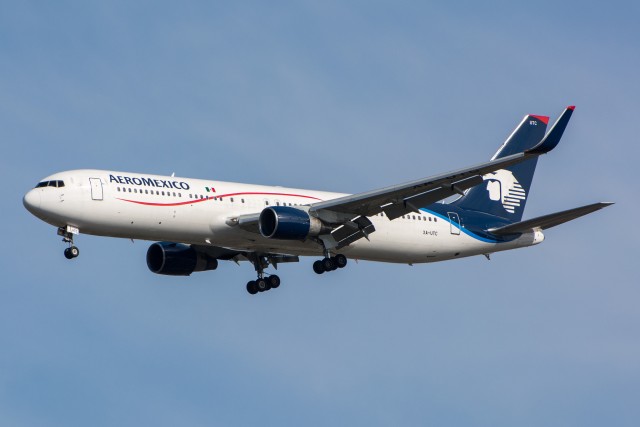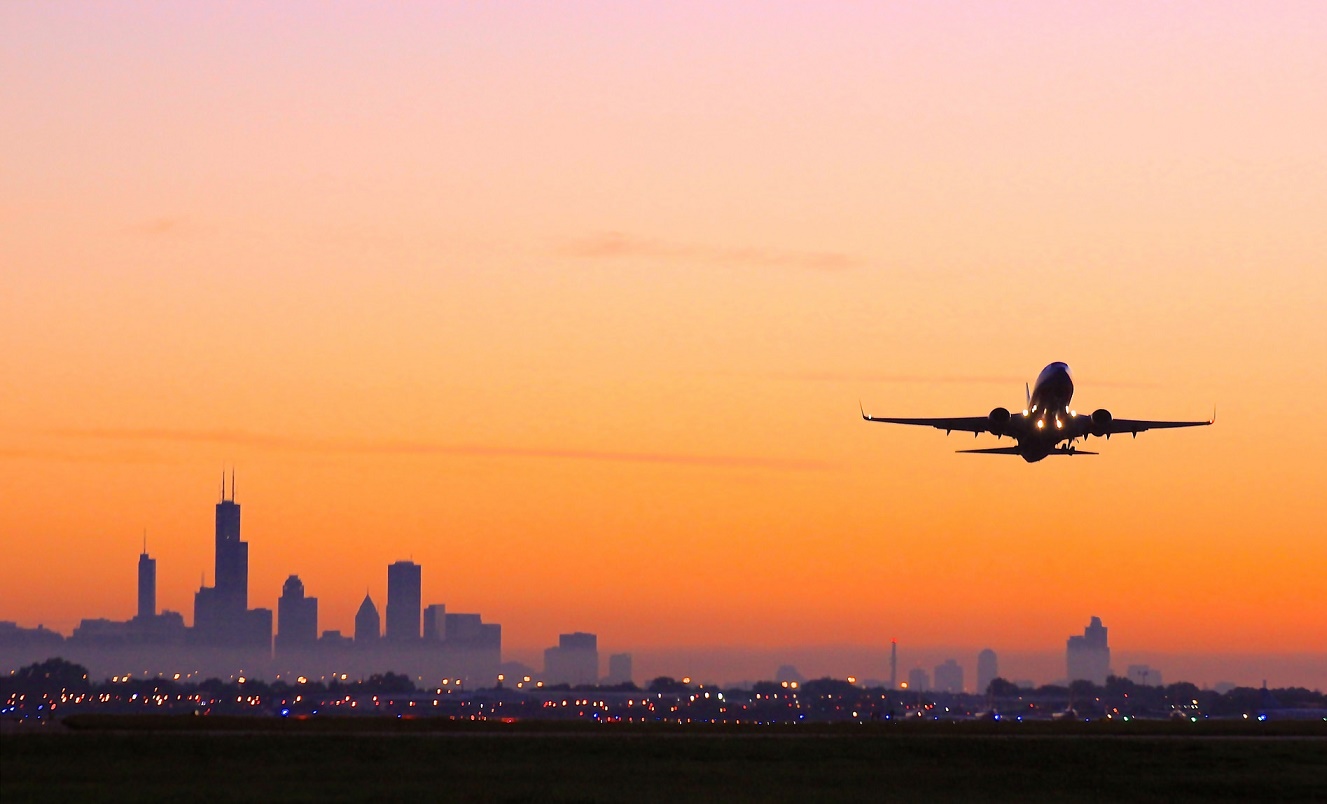I recently had the opportunity to experience the premium product on two major North American (non-US) carriers. I thought it would be a good chance to evaluate and compare the two different products and see how they stack up! I was invited to Buenos Aires, Argentina, by a good friend of mine whose fianc is Brazilian. They planned a trip to Argentina and invited close friends. Given that going to South America would mean I had visited all the continents (well, apart from Antarctica), I had to agree. In planning this trip, I decided to use miles to make the trip more affordable.
Much to my surprise, there was no point in booking a flight one-way using miles and the return flight paying cash. Interestingly, it cost the same amount (or more) for a one-way ticket to Buenos Aires, compared to a round-trip ticket. This just further reinforced my plan to use miles. I was able to use Alaska Airlines miles to fly Aeromxico on the flight down, and United miles to fly Air Canada on the return. Funny how that can work, right?
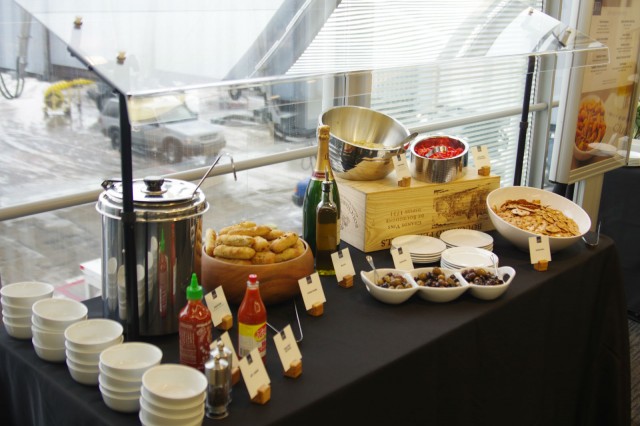
Afternoon offerings include hot soup, artisinal bread along with Hummus, crackers and other more refined snack options – Photo: Mal Muir | AirlineReporter
Domestic airline lounges in the USA do not have the best reputation. A place to get a drink and sit out your flight delay in a dark, cigar lounge atmosphere? United does not like that thought, and they have decided to do something about it.
At first they started renovating their clubs, bringing them up to a new standard. Now they have come into the second phase, and are going to be updating the food and snacks on offer. For many frequent fliers, this should be a welcomed change.
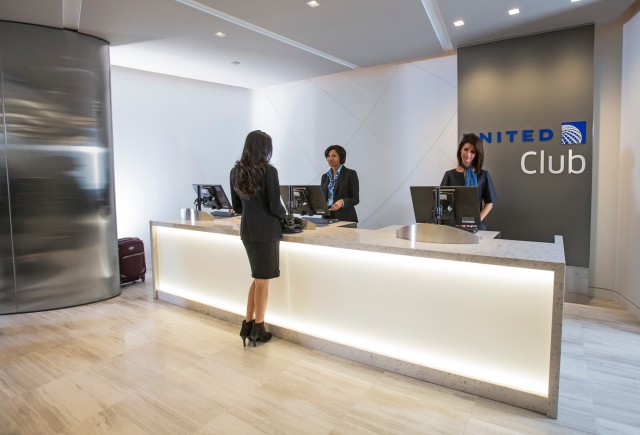
The entry way to United Club in Terminal 2 at O’Hare – Photo: United
I have been through my fair share of United Clubs. I have been a Star Alliance Gold member for years, and like many of you, I am inherently familiar with Goldfish crackers, Tillamook cheese, and yogurt (or chocolate) covered pretzels/raisins. I have had my binge sessions while waiting out a delayed flight snacking on those things while powering my devices.
Considering that an annual club membership could run you as much as $500 a year, the meager snack offerings don’t seem all that great. Those days are now going to be history. United has decided to follow the feedback of their guests, and also a similar trend among their competitors, to offer something a little bit more substantial, even palatable.
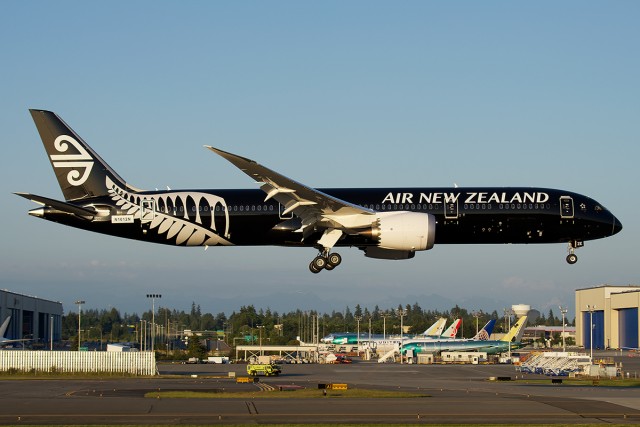
While KPAE will have Boeing heavies still, it is about to get smaller, scheduled visitors – Photo: Bernie Leighton | AirlineReporter
Snohomish County was going to get a passenger terminal one way or another. American development corporation Propeller Airports has been granted a long-term land lease, to the tune of an eventual $25 million, to construct a two-gate terminal at Paine Field (KPAE). This is the airport, as most of you probably know, where Boeing builds the 747, 767, 777, and most 787s.
The airport will be operated as a public-private partnership between Propeller Airports and Snohomish County. Paine Field currently operates with a total of 305 daily movements (very few of them are actually Boeing’s). The airport has been described as operating at a mere 45% capacity. This terminal will likely kick that up an additional 5%, better translated as an additional sixteen aircraft movements.
No matter how close to residential areas the airport is, the public good and possible economic development for Snohomish County outweigh the complaints of ever-quieter airliners landing at Paine field.
Midway Airport just doesn’t get the love it deserves. Whenever there’s discussion of plane spotting in Chicago, it’s always assumed that O’Hare is the venue, and that’s just not right. Sure, as a dedicated Southwest Airlines A-Lister, Midway is the one-and-only Chicago airport that’s deserving of my regular (and frequent) business. But setting loyalties aside for a moment, the spotting at Midway is quite simply excellent for any and all, even the hard-to-please “legacy lovers” who stalk United and American at ORD.
Why? Well, the opportunity for incredible photos like the one above should be enough, but if you aren’t convinced, read further’¦
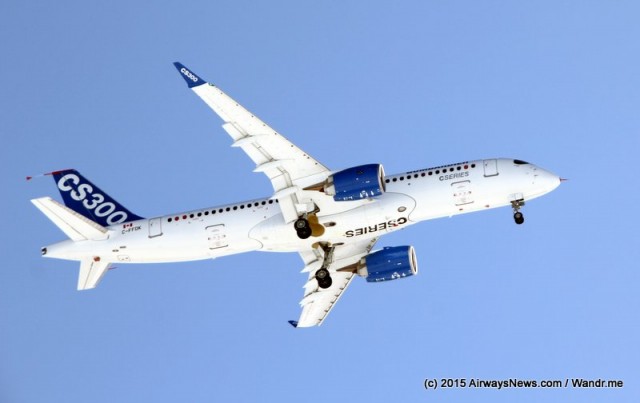
Bombardier CSeries CS300 takes flight for the first time – Photo: Seth Miller | AirwaysNews
The full story was written by Seth Miller on AirwaysNews.com.
The Bombardier CS300, the newest commercial aircraft on the market, made its maiden flight just after 11:00 a.m. yesterday at Montreal’s Mirabel airport. The larger CSeries variant follows the smaller CS100, which took to the skies 17 months ago.
For Bombardier, this is a significant step forward for a project which has seen its share of challenges. As a “clean-sheet’ aircraft design, such challenges are not unexpected; Boeing and Airbus experienced similar delays with the 787 and A350, respectively. Bombardier’s new CEO, Alain M. Bellemare, described the event as ’œan inflection point’ in the CSeries project, ’œwhere we’re finally reaching momentum and we can go to market with a solid product for our customers.’
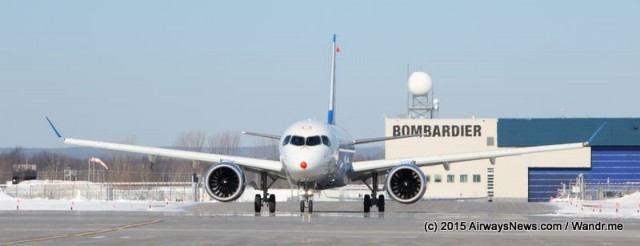
The first CS300 taxis – Photo: Seth Miller | Airways News
The test flight came on the second day of the three-day window Bombardier allotted for the event. Initial plans to run the test flight on Thursday were hampered by cold weather, wind, and snow earlier in the week in Mirabel; that weather prevented final pre-flight testing from happening. It was colder yesterday than earlier in the week ’“ probably the coldest first flight ever ’“ but the low temperatures did not prevent the first flight.
With both the CS100 and CS300 now flying, the company is able to aggressively push towards the completion of the flight test regimen and enter the airliner into service. It is also worth noting that the CSeries plan is somewhat unusual in having both types flying test flights concurrently rather than a sequential process of EIS on the first followed by testing of the second. Delays in the CS100 test program can be blamed in part for these circumstances.
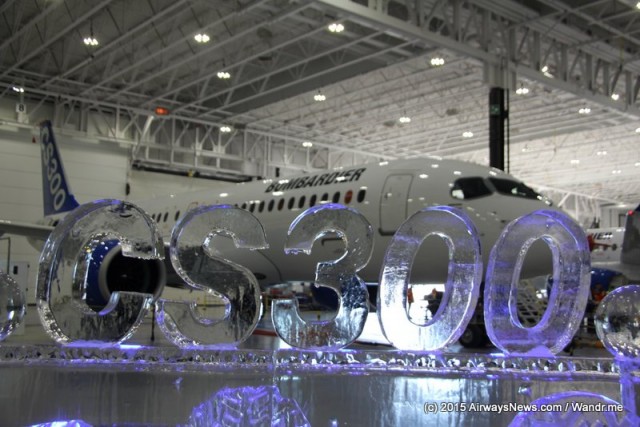
A special CS300 ice sculpture to celebrate the first flight – Photo: Seth Miller | AirwaysNews
The CSeries aircraft promises a more comfortable passenger cabin combined with lower costs for the airlines and quieter operations for the passengers and those who live near the airports. While the interior of the CS300 is not yet on display to media, the noise aspect was demonstrated during the first flight departure; the CRJ900 ’“ a quiet plane in its own right ’“ was notably louder than the CS300 flying just ahead of it during the first flight departure.
Continue reading Bombardier CSeries CS300 Achieves First Flight on AirwaysNews.com
